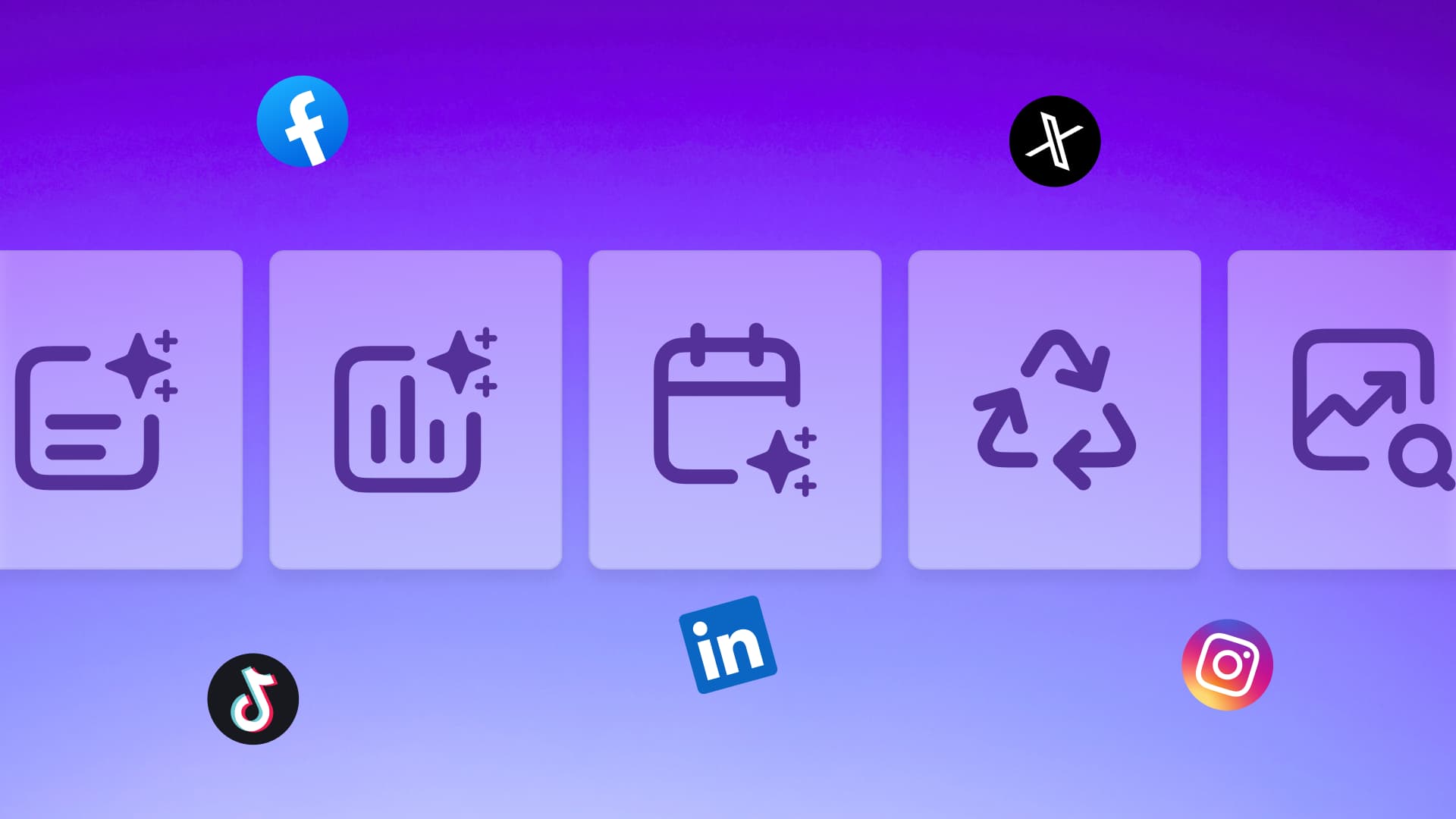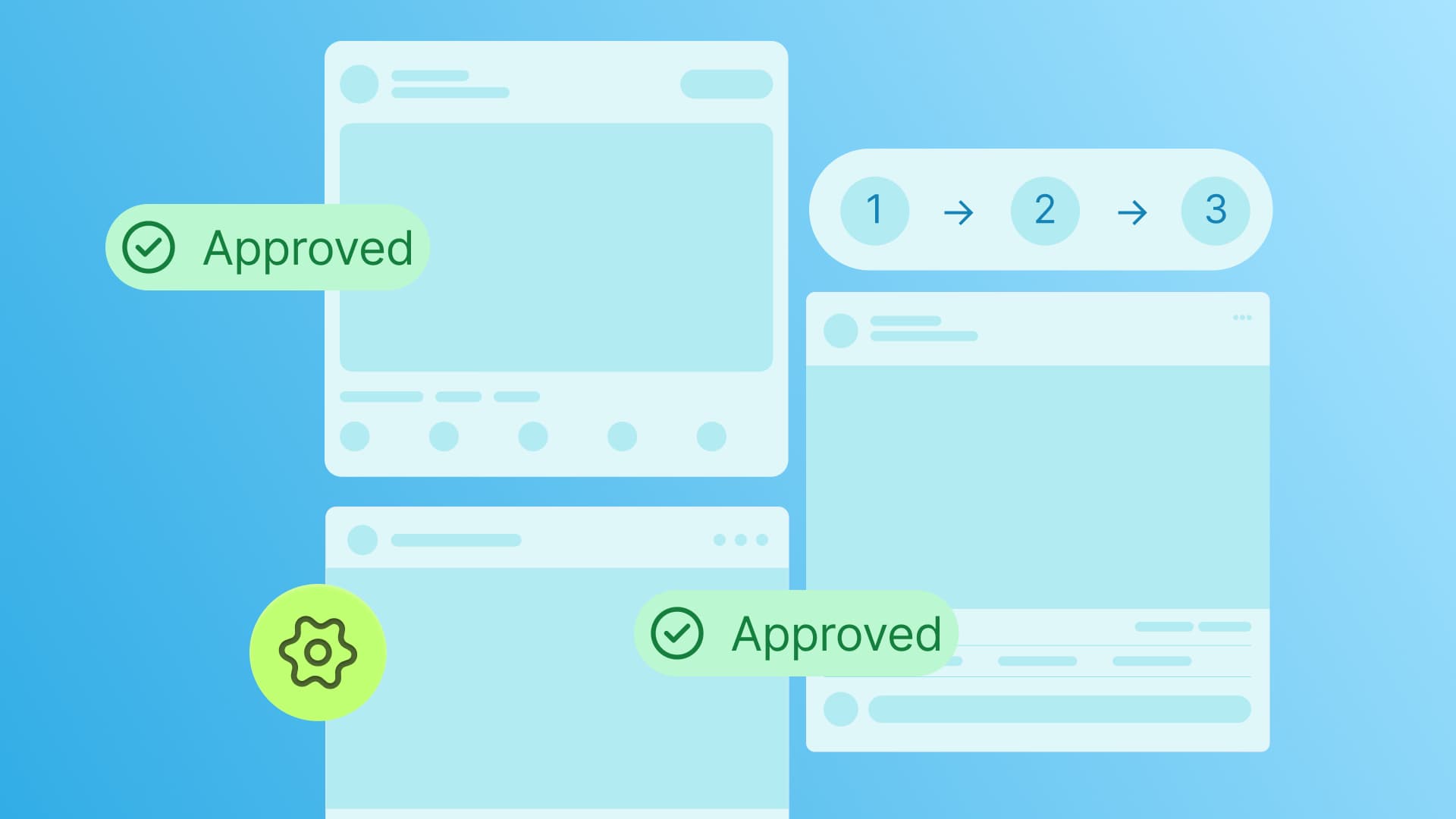New
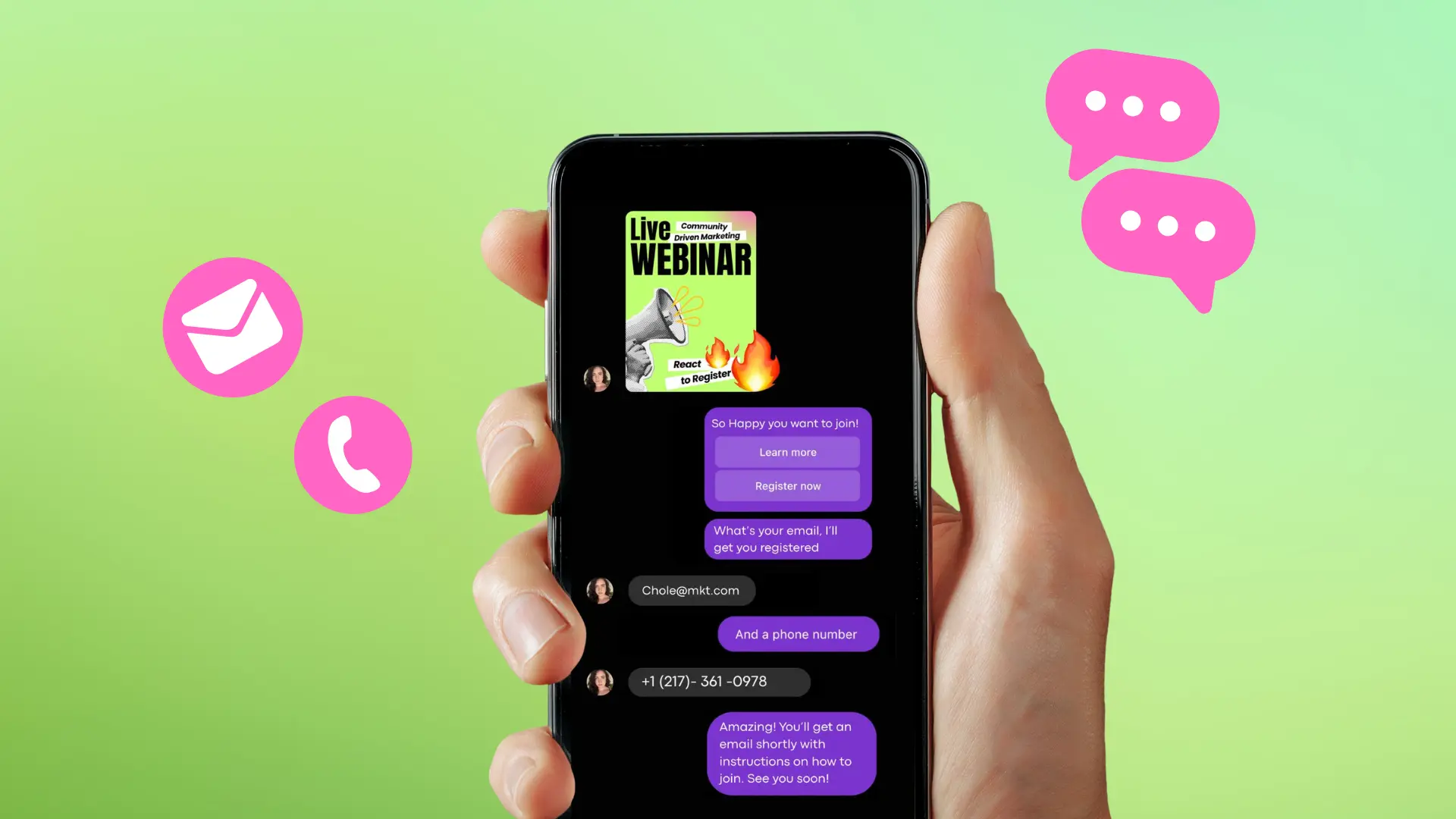
Turn Your DMs Into Lead Gen!
Learn how to collect lead data from your DMs such as email addresses, phone numbers, and more right from your social inbox. If you are not yet automating your DMs your competitors are outpacing you.
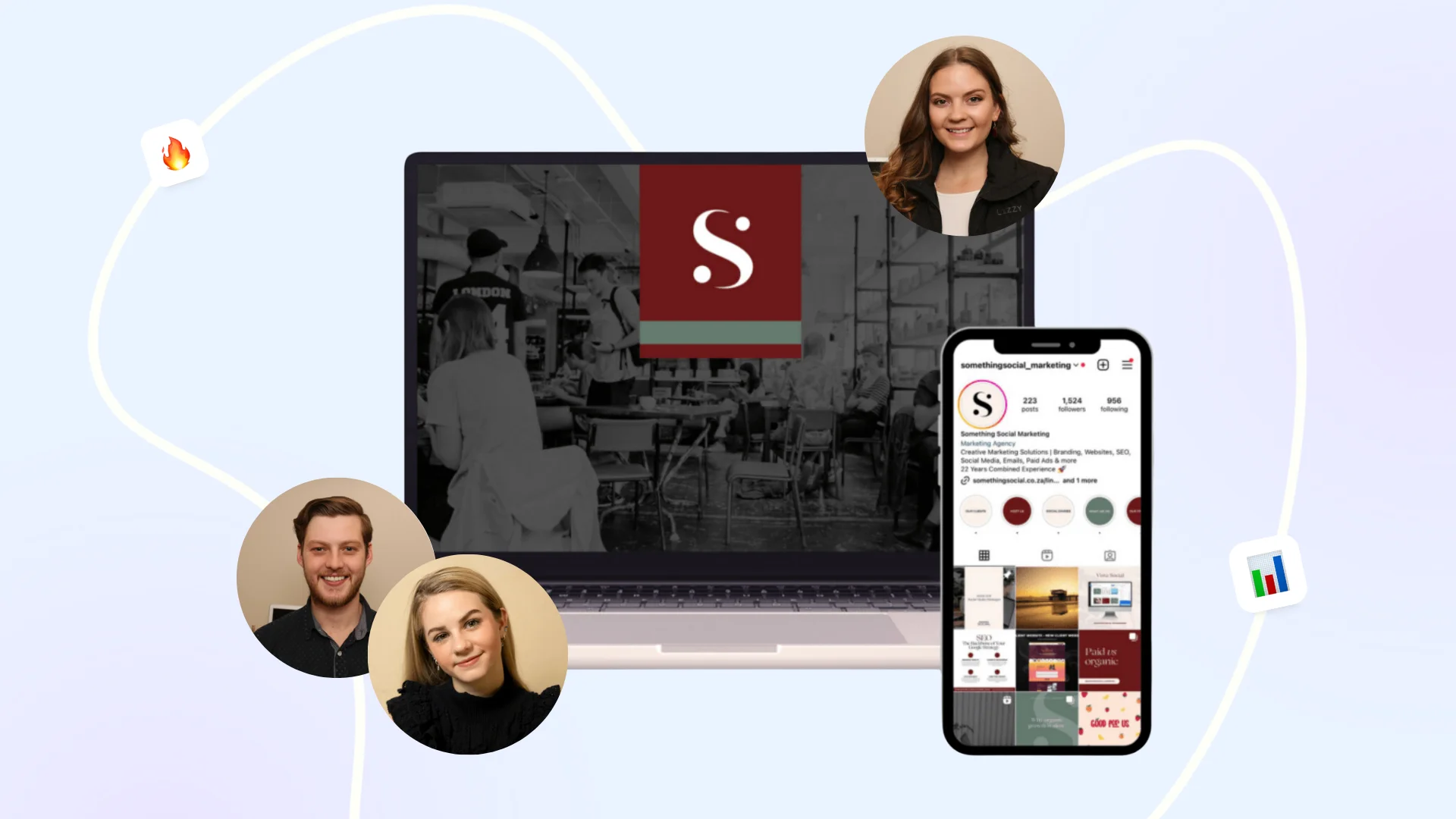
How Something Social Saved 75% of Their Time and Increased Revenue by 15%
See how a fast-growing agency improved operations, cut down hours of manual work, and unlocked new revenue opportunities with Vista Social.
New
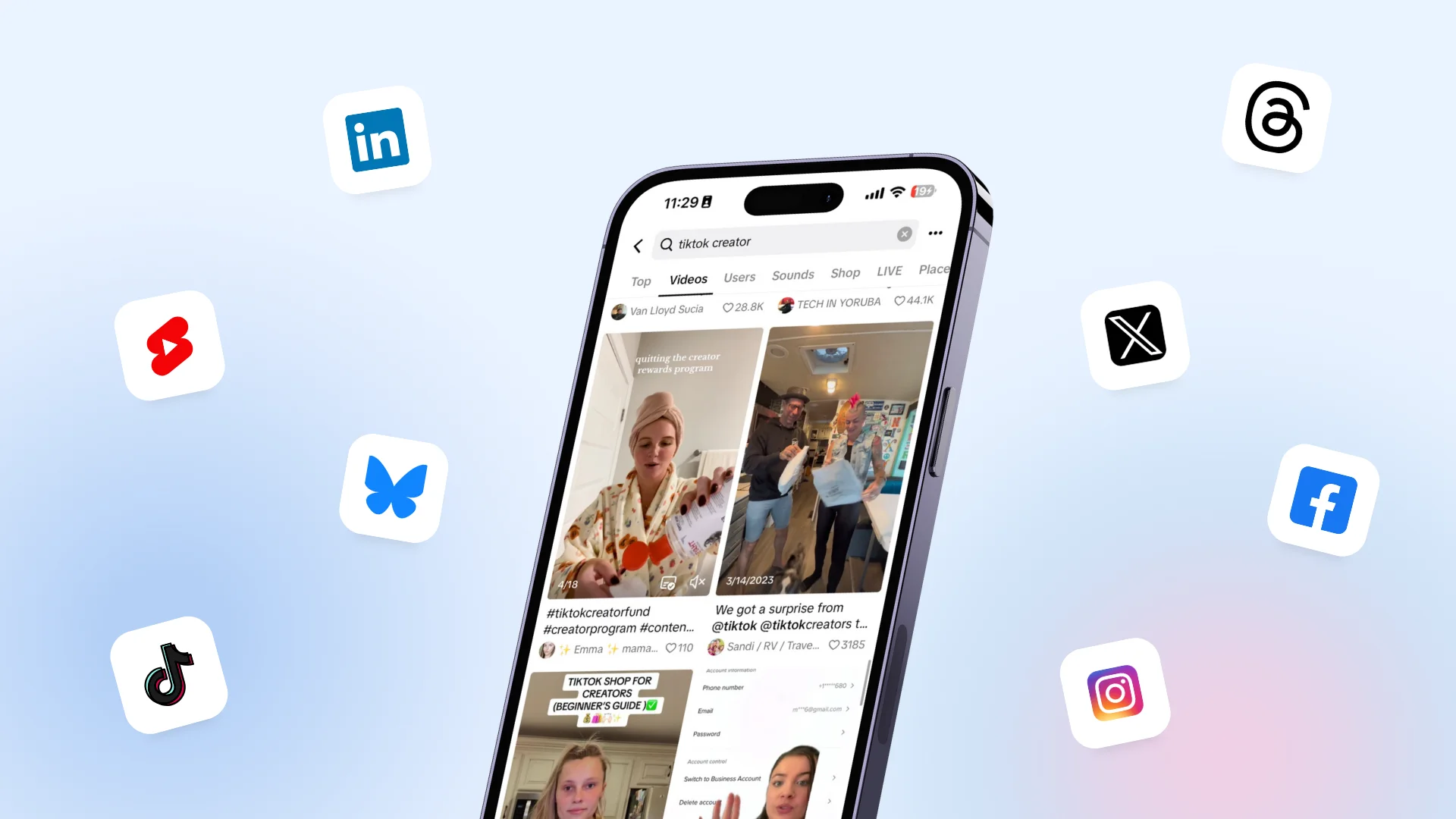
50 Unique Social Media Ideas for Consistent Content Creation
Discover 50 unique social media post ideas to engage your audience, grow your brand, and maintain a consistent content strategy with ease!
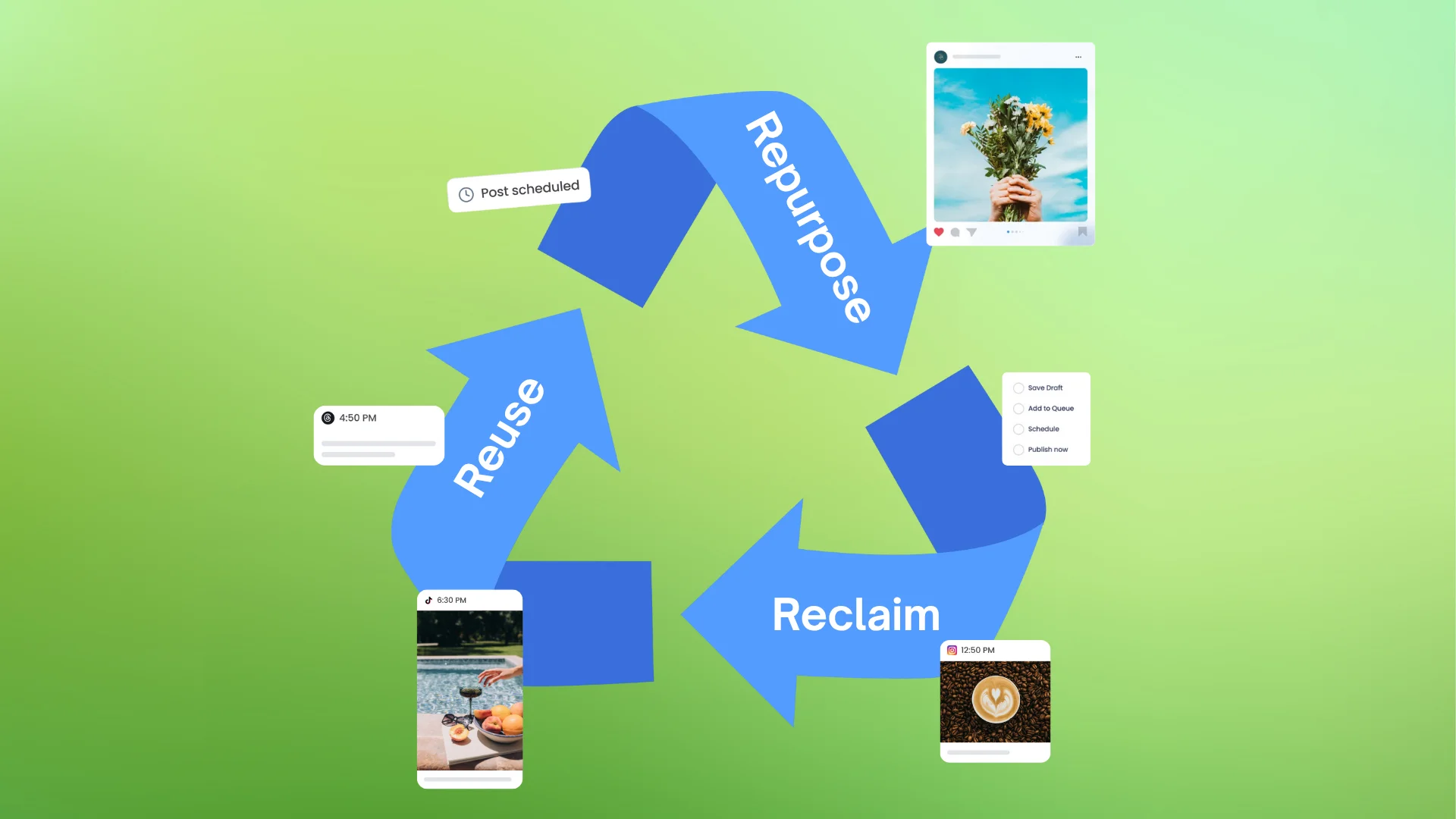
Mastering Content Reuse: The Key to a Consistent and Sustainable Posting Strategy
Published on October 19, 2024
9 min to read
Best Time to Post on Every Major Social Site in 2024
Summarize with AI
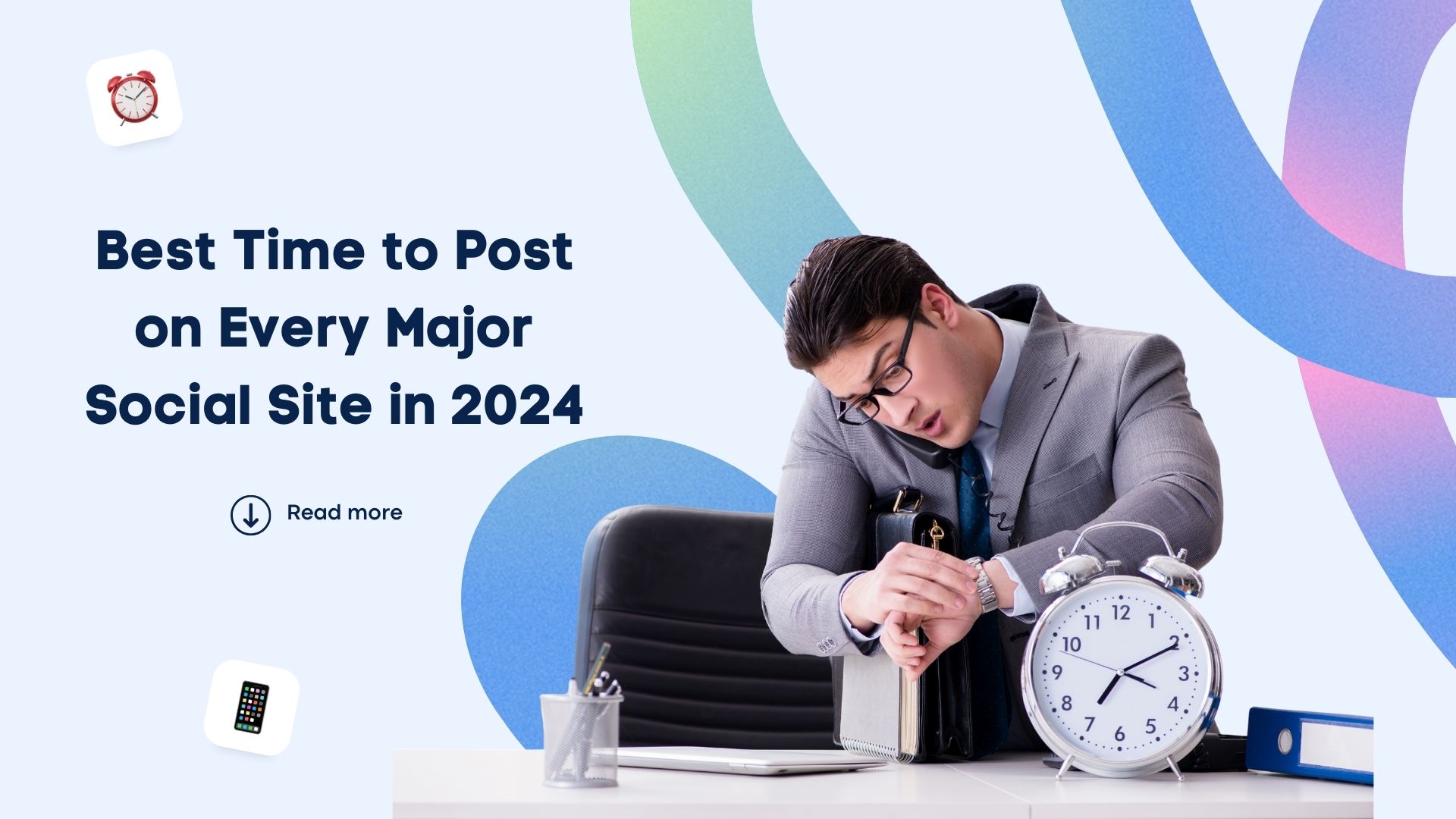

Table of Content

In 2024, cracking the code for the best time to post on social media can be a game-changer.
With 5.17 billion social media users worldwide, understanding when they are most active is crucial for success. In fact, posts published at optimal times can see significantly higher engagement compared to others. That’s right – in the digital world, timing is everything.
As algorithms evolve, it’s not just about what you post, but when you hit that ‘post’ button. Whether you’re aiming for likes, shares, or trying to beat the algorithms, knowing the best posting times is key.
We’ll walk you through the best posting times for every major platform in 2024. From Instagram to LinkedIn, we’ve got the inside scoop to help you boost your social media game. Ready to see your engagement skyrocket?
Dive into the world of perfect timing and discover the best time to post on social media!
Table of contents
Why Posting at the Right Time Matters
Posting at the right time on social media can be the difference between your content being widely seen or getting lost in the digital noise. Most social media platforms use algorithms to decide which posts show up first in people’s feeds. These algorithms favor posts that get lots of likes, comments, and shares soon after they’re posted.
[Must Read: Social Media Algorithm Guide for Agencies [2024]]
Timing is crucial because if you post when your audience is most active, they’re more likely to see and interact with your content and your content is more likely to get quick reactions, signaling to the algorithm that your post is interesting. As a result, the platform boosts your post, increasing its visibility to a broader audience, and helping you grow your following.
Studies across various platforms show that timing really affects how well posts do. For example, posts made in the morning or early evening often get more attention. The day of the week can also matter–some platforms are busier on weekdays, while others are more active on weekends.
By looking at when your audience is most active, you can plan your posts for the best times. This helps make sure your content reaches the right people when they’re most likely to see and engage with it.
[Must Read: Ultimate Guide: How to Track Engagement on Social Media]
Facebook: Optimal Times to Maximize Engagement
The best time to post on Facebook is usually between 9 in the morning and 1 in the afternoon. But if you really want to hit the peak time, try posting around lunchtime–say between 12 and 3. That’s when most people are taking a break–lunch or coffee break, and probably pulling out their phones and checking what’s new on Facebook.
On the flip side, you might want to avoid posting late at night or early in the morning–between 10 PM to 7 AM. Not many people are checking Facebook then, so your post might get lost.
Here’s a cool thing about how the Facebook algorithm works: if your post gets a lot of likes and comments right away, Facebook thinks “Oh, this must be interesting!” and shows it to even more people. So posting when lots of folks are online gives your post a better chance of being seen by more and more people.
Instagram: Key Posting Times for Increased Reach
On Instagram, the best times to post are typically between 6 AM to 9 AM, 12 PM to 2 PM, and 5 PM to 9 PM, when users are either on breaks or winding down for the evening. Avoid posting during off-peak hours, such as early mornings or late nights (11 PM to 6 AM), as fewer users are actively engaging with content.
However, the optimal posting time can vary depending on the type of content you’re sharing. For regular posts, lunchtime and after-work hours are ideal.
Instagram Stories, however, often perform better early in the morning (7 AM to 9 AM) or in the evening (8 PM to 10 PM), with consistent engagement on weekdays from 9 AM to 4 PM.
Reels, which are favored by Instagram’s algorithm, can benefit from afternoon posting, around 12 PM to 3 PM, when users have more time to engage with longer content. The optimal times for Reels can also vary by day, with specific windows like 8 AM on Tuesdays or 11 AM on Thursdays showing promising results.
X: Post at the Right Time for More Interaction
Posts in X tend to perform best between 8 AM to 10 AM and 6 PM to 9 PM on weekdays, aligning with morning and evening commutes when users are most likely to check their feeds. This timing is crucial because X (formerly Twitter) moves at a rapid pace. The platform’s fast-paced nature means posts made during these peak hours have a better chance of appearing in real-time feeds and catching users’ attention.
Posting late at night (after 10 PM) often results in lower visibility due to decreased user activity. Given that tweets have a relatively short lifespan, timing your posts becomes even more important. Users typically scroll through their feeds quickly, so if you post when fewer people are online, your tweet might get buried and go unnoticed.
To maximize visibility and engagement, it’s best to post when you know a large number of users will be active. This strategy helps ensure your tweets don’t simply vanish into the vast sea of content without making an impact.
LinkedIn: When to Post for Professional Engagement
When it comes to LinkedIn, timing is key for professional engagement. The platform sees the most activity during typical workday hours, with peak engagement occurring between 8 A.M. to 10 A.M. and 12 P.M. to 1 P.M., especially on Tuesdays, Wednesdays, and Thursdays.
It’s important to note that posting during evenings or weekends isn’t as effective, since LinkedIn is primarily used for professional purposes and most users aren’t as active outside of work hours.
For B2B (business-to-business) content, the sweet spot for posting is generally in the morning, from 9 A.M. to 12 P.M. This is when professionals are at their desks and more likely to engage with work-related content.
On the other hand, if you’re targeting consumers (B2C), consider posting around lunchtime or early afternoon when people are taking breaks and are more likely to scroll through their feeds.
TikTok: Posting Times for Viral Potential
On TikTok, early afternoons (12 PM to 3 PM) and late evenings (7 PM to 10 PM) are prime posting times, as these align with peak user activity.
However, it’s essential to consider your target audience’s demographics and online behavior. For instance, younger users tend to be more active late at night, while older audiences may engage more during lunch breaks. Tuesdays at 9 AM, Thursdays at 7 PM, and Fridays at 3 PM are particularly effective posting times across demographics.
Conversely, avoid posting before 8 AM, as lower user activity during these hours may limit your content’s visibility. Be cautious of certain timeframes that consistently show lower engagement, such as Thursdays from 1 PM to 6 PM and Sundays, which generally see reduced activity.
YouTube: Ideal Times to Upload for Maximum Views
According to HubSpot’s 2023 social media trends report, the best times to upload videos on YouTube for maximum views are between 6 PM to 9 PM and 3 PM to 6 PM, especially on Thursdays, Fridays, and Saturdays. These time slots tend to align with when most viewers are active on the platform, increasing your chances of getting more eyes on your content.
Try Vista Social for Free
A social media management platform that actually helps you grow with easy-to-use content planning, scheduling, engagement and analytics tools.
Get Started NowOn the flip side, Tuesdays are generally considered the worst day for uploads. As for specific times to avoid, early mornings from 6 AM to 9 AM, late nights from 9 PM to midnight, and mid-mornings from 9 AM to noon are typically less effective for gaining views.
However, these general guidelines can be further refined for your specific audience using YouTube’s Analytics feature. This tool provides valuable insights into when your subscribers are most active, allowing you to tailor your posting schedule accordingly. It’s recommended to regularly review these analytics to ensure you’re uploading content when your viewers are most likely to engage, thereby maximizing your video’s potential reach and viewership.
Pinterest: Posting for Maximum Pin Engagement
Pinterest sees the most activity in the evening, with the best times to post being between 8 PM and 11 PM. This aligns with users who tend to browse Pinterest as a relaxation activity after work or before bed.
Weekends, especially Saturdays, tend to be the busiest days for the platform. By posting during these high-traffic periods, you can significantly increase your pins’ visibility and potential for interaction. Users are more likely to be leisurely browsing and engaging with content during these times, making them ideal for sharing your pins and updating your boards.
How to Find Your Brand’s Optimal Posting Time
Determining the best time to post on social media is key to maximizing your brand’s reach and engagement. Different people use social media in different ways, which is why it’s crucial to employ precise methods to find the optimal posting time for your specific audience.
Here are three effective methods to identify the best times to reach and engage your audience on social media:
Using Social Media Insights And Analytics
Most social media platforms provide valuable analytics tools that offer insights into your audience’s online behavior. These tools can show you when your followers are most active, the engagement levels of your past posts, and other metrics that can inform your posting strategy. Key steps include:
- Analyze Engagement Patterns: Look at historical data to identify trends in engagement. Note the days and times when your posts received the highest interactions, such as likes, shares, and comments.
- Identify Audience Demographics: Understanding your audience’s demographics can help you pinpoint when they are likely to be online. Different age groups and professional backgrounds have varying peak activity times.
- Utilize Platform-Specific Insights: Platforms like Instagram, Facebook, and LinkedIn offer specialized insights tailored to your account, making it easier to fine-tune your posting schedule based on your unique audience.
If you need an all-in-one analytics tool, Vista Social is your friend. We offer comprehensive analytics tools that will help you level-up your social media game!
[Must Read: Master Social Media Analytics: How to Use Post Labels for Insightful Reports]
Experimenting With Different Times
Experimentation is crucial to discovering the optimal posting time for your brand. Here’s how to implement an effective testing strategy:
- A/B Testing: Try posting similar content at different times to see which receives more engagement. This can be done by scheduling posts at varying times over several weeks and tracking performance metrics.
- Vary Days and Times: Don’t just stick to one time; experiment with different days of the week and times of the day to see when your audience is most receptive.
- Review and Adjust: Regularly review the performance of your posts and adjust your strategy based on what you learn. This iterative approach will help you find patterns and optimize your posting schedule over time.
Vista Social As Your Calendar and Clock
Utilizing tools like Vista Social can simplify the process of finding your optimal posting time. This platform offers:
- Scheduling Features: With Vista Social, you can schedule posts in advance, allowing you to test different times without the need for constant manual posting.
- Analytics Dashboard: The analytics features provide insights into your post performance, audience engagement, and optimal posting times tailored to your specific brand.
- Content Calendar: The content calendar feature enables you to plan and visualize your posting schedule, making it easier to coordinate campaigns and adjust timings based on audience engagement data.
By leveraging these tools and strategies, you can effectively determine the best time to post on social media for your brand, leading to increased engagement and a stronger online presence.
Timing Is Everything in Social Media
Determining the best time to post on social media is crucial in today’s digital landscape. Timing significantly impacts engagement, visibility, and follower growth across platforms. Understanding your audience’s active periods allows you to create strategies that leverage peak engagement times, ensuring your content stands out.
Experiment with different posting times, analyze results, and adjust accordingly, as each brand’s optimal timing may vary.
As social media trends evolve in 2024, adaptability is key. New features, changing algorithms, and shifting user behaviors require ongoing assessment of your strategies.
While general guidelines provide a starting point, analyzing your specific account’s performance data is essential for determining the most effective posting times.
Remember, timing is everything in social media. Stay proactive, adapt, and you’ll connect with your audience more effectively. By consistently refining your approach to find the best posting times, you’ll maximize your online presence and engagement.
P.S. If you’re new here, Vista Social offers a full-suite social media management solution tailored for marketing professionals, including agencies, freelancers, and social media managers. Our platform provides advanced features to boost teamwork, efficiency, and elevate your social media marketing performance.
Sign up for a Vista Social account today and discover how our advanced features can transform your approach to social media management!
FAQs on Best Time to Post on Social Media
Should I consider time zones when posting?
Yes, time zones are an important factor, especially if you have a global audience. Scheduling your posts to hit peak times across multiple time zones can increase engagement. For example, if you’re targeting audiences in both the US and Europe, you might post around mid-afternoon in the US, which aligns with evening browsing hours in Europe.
Does posting frequency impact engagement along with timing?
Yes, both posting frequency and timing influence engagement. Posting too frequently may overwhelm your audience, leading to lower engagement on individual posts. On the other hand, posting too infrequently might cause your content to be forgotten. Balancing the right frequency with optimal timing can keep your audience engaged.
How does the type of content affect the best time to post?
Different types of content (images, videos, stories, etc.) may perform better at different times. For example, Instagram Stories may do well in the morning when users quickly scroll through updates, while longer content like videos might perform better in the evening when users have more time to engage.
About the Author
Content Writer
Content writer and copywriter with over 2 years of experience, specializing in VSL scriptwriting. I’ve worked with various brands to create compelling content. Passionate about storytelling that connects and converts. Loves cats, poetry, and skincare
Read with AI
Save time reading this article using your favorite AI tool
Summarize with AI
Never Miss a Trend
Our newsletter is packed with the hottest posts and latest news in social media.
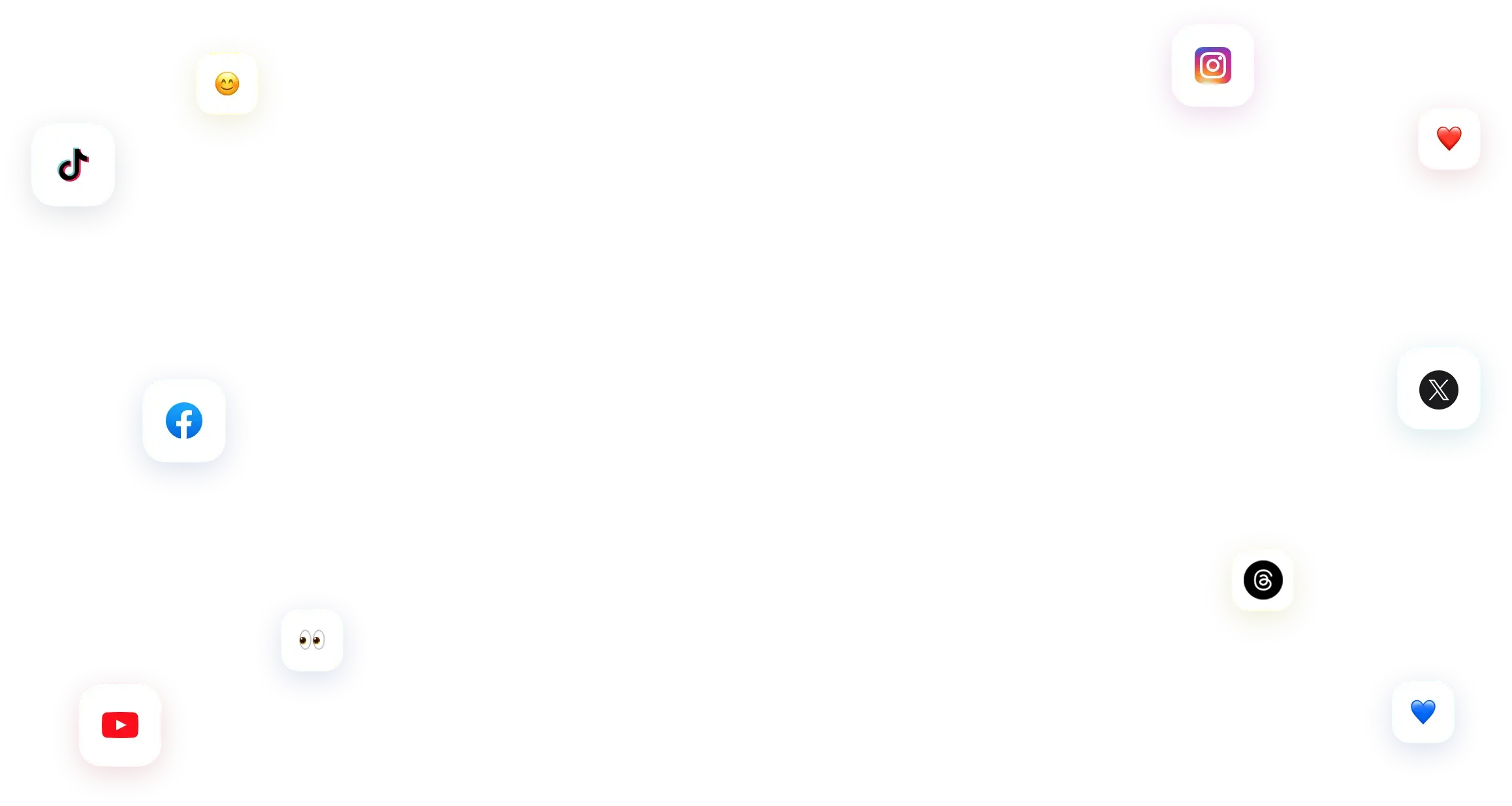
You have many things to do.
Let us help you with social media.
Use our free plan to build momentum for your social media presence.
Or skip ahead and try our paid plan to scale your social media efforts.
P.S. It will be a piece of cake 🍰 with Vista Social
Subscribe to our Newsletter!
To stay updated on the latest and greatest Social Media news. We promise not to spam you!
